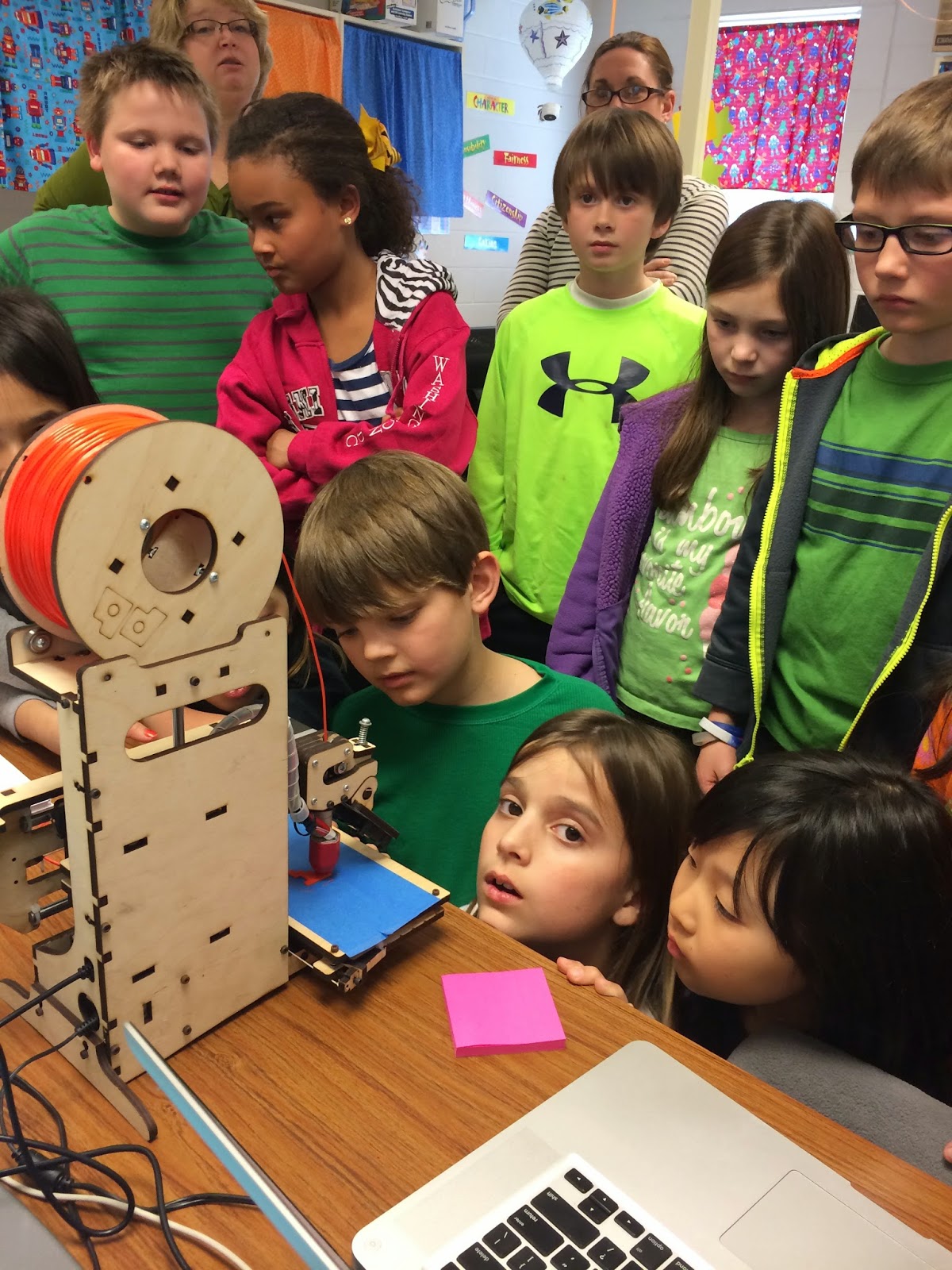The connection between education for women and girls and economic progress and development is clear. Investments in education for women and girls in developing and underdeveloped countries results in positive economic and social progress. Around the world, from the United States to Africa and Southwest Asia, investment in education, and especially STEM education, improves wages, improves health care, reduces child mortality, and increases political action and commitment.
My hopes are the map may help inspire people to improve the recognition of the contributions of women throughout all segments of global society.
Click "Legend" to open the map's legend. The pins are color-coded by the Nobel award, green for chemistry, red for physics, silver for economics, and so forth. Click on a pin and the information for a particular Nobel winner will appear. When the window opens, scroll to the bottom. I added a link to the winner's entry on NobelPrize.org and used a link to their Wikipedia.org entry for a picture, if one was available. I assigned the colors, by the way. The interactive map above was created from a simple spreadsheet.
The spreadsheet is very simple to create. A little forethought must be given to how the data is organized. As I tell my students, you don't have to be an expert in the topic, but you do have to understand how to organize information. In this case, I mapped the winners by their place of birth. However, in many cases, the winners did not their award in their home country. Before and during World War Two, a mass exodus of people from Western, Central, and Eastern Europe occurred in advance of Nazi Germany influence. In some cases, the location does not note the place of birth but the country of residence at the time of the award. This special circumstance might make for an interesting lesson plan for middle or high school students, by the way. Both men and women Nobel Prize awards for the 1940's exhibited considerably disruption due to the war.
As the above spreadsheet illustrates, nothing fancy is going on. Year, Winner's Name, City, Country, Prize Category, etc. A couple of special notes; for the data to be mapped, some information about location must be provided. Now, I have provided "city" and "country." I could use a technique called "geocoding," but this process comes at a real cost. Some processes included with ArcGIS Online come with a real dollar amount attached and cost real money. Geocoding is one of those processes. I opted not to charge geocoding against our account and elected to use geographic coordinates instead. Thus, the "x" and "y" are latitude and longitude. The ArcGIS Online dashboard comes equipped to handle data attached to geographic coordinates at no cost to the user. The upload process is also smart enough to identify geographic coordinates in a spreadsheet in the event an unsophisticated user provided unusual field headings, like "peanut_butter" and "jelly." The data within the record is often enough to offset unfortunate headings.
There are two columns missing from the above graphic. The first missing field is "image_LNK." This is a reserved field name. Use this field to provide a link to an online image. The field must contain the fully qualified URL to the image. The second missing field is "wiki_LINK." This field contains the URL to pertinent Wikipedia page. I believe adding other custom fields is possible, though I have not explored this potential. To provide better coverage, below is the rest of the spreadsheet.
This is not a precise tutorial for putting data online. The process is not more involved than what I have described, though. ArcGIS Online maps can be shared with selected Murray State people or Murray State groups, or can even be made public. And, as you have see above, can even be embedded in a website.
The same potential for building map applications similar to the two maps I have posted exists for kids in kindergarten through high school in Kentucky. Sponsored by the Kentucky Geographic Alliance, all K-12 schools in Kentucky have at their disposal ArcGIS Online for Education. Check out connected.esri.com for complete details.
For more information about ESRI's ArcGIS Online for Education at Murray State contact Michael Busby at the Mid-America Remote sensing Center (MARC.)

























